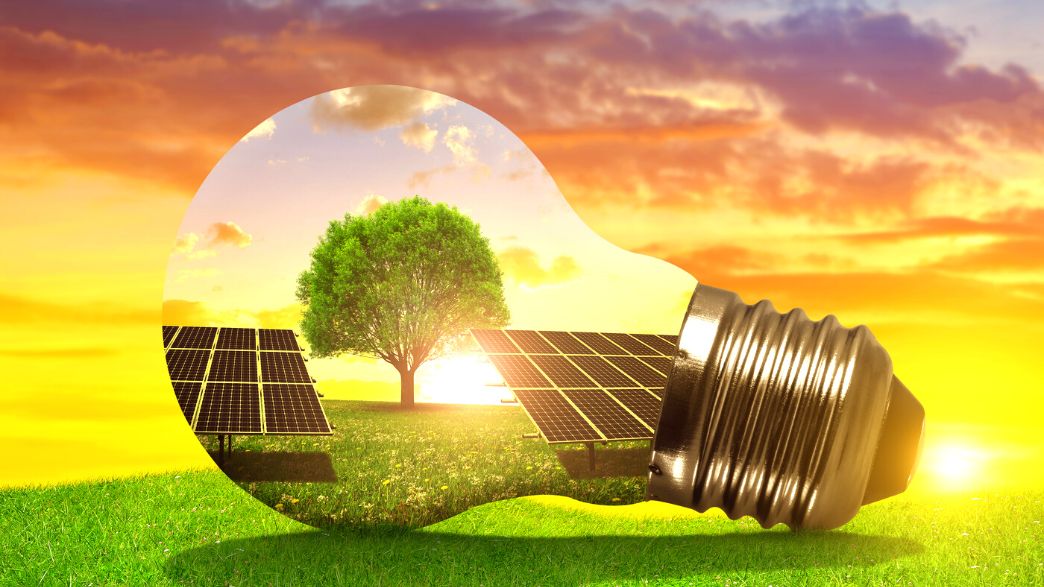The future of energy is renewable. See the prospects for the Brazilian energy matrix in the coming decades.
With the successive growth in clean energy projects in Brazil, it is possible that, by 2030, around 50% of the Brazilian energy matrix will be renewable. In 2022 alone, generation capacity increased by 8.2 GW, second only to 2016, which had an increase of 9.5 GW.
Expectations for 2022 were 7.6 GW, but the result exceeded the target. The highlights were wind and solar energy, which together added 5.5 GW to the matrix. In the last 3 years, centralized solar energy has grown by 200% and solar energy for distributed generation solution has evolved by 2,000%.
Solar, wind and biomass sources are the main bets for the future of electric energy and Brazil manages to do well in all of them. In recent years, with the expansion of investments in renewable sources, the sources reached records of projects developed.
Future of the Brazilian energy matrix
According to the study by the Energy Research Company (EPE), the PDE 2032 relating energy and the environment, renewable energy should reach between 45% and 50% of the national energy matrix in 2030.
In addition to encouraging investments in this area, this is the main strategy for mitigating greenhouse gas emissions in the energy sector. Currently, around 37% of the Brazilian energy matrix is responsible for gas emissions that are harmful to the environment.
The material proposes a 50% reduction in emissions by 2030 and the suggested means are the expansion of renewable energy projects, such as wind, solar and biomass sources, in addition to encouraging the manufacture and use of electric and hybrid vehicles, increasing the efficiency of automobiles, to reduce the carbon footprint with biofuels.
Going beyond 2030, there are projections by Greenpeace, that in 2050, Brazil may have around 90% of its energy from renewable sources. In this scenario, hydroelectric would account for around 45%, wind 20%, biomass 16% and solar 10%. That is, the use of polluting sources, such as coal, diesel oil and gas thermoelectric plants, could be reduced to 10% of the total.
The actions developed that make it possible to get there
Brazil produces 7.2% of all renewable energy in the world and our energy matrix is considered one of the cleanest in the world, second only to China and the United States.
In recent years, the Federal Government has increased investments and created instruments to reduce emissions and expand clean energy. The carbon market that is already being developed, RenovaBio as an incentive to the use of biogas and biomethane and the Zero Methane Program. In addition to federal initiatives, there are state projects that expand important projects, such as the Green Hydrogen Hub in the Pecém complex, in Ceará.
The sugar-energy sector is one of the main contributors to the high share of renewable energy from biomass. By 2050, it is estimated that biomass has an energy potential of reaching 530 million tons of oil equivalent (toe), more than twice the current consumption adding all energy sources.
Per capita energy consumption in Brazil should increase by 18% from 2019 to 2029. Therefore, with the increase in demand, supply needs to be expanded and focus will be given to clean energy. If you liked the content, you might also be interested in the general panorama of the energy market.

Comment